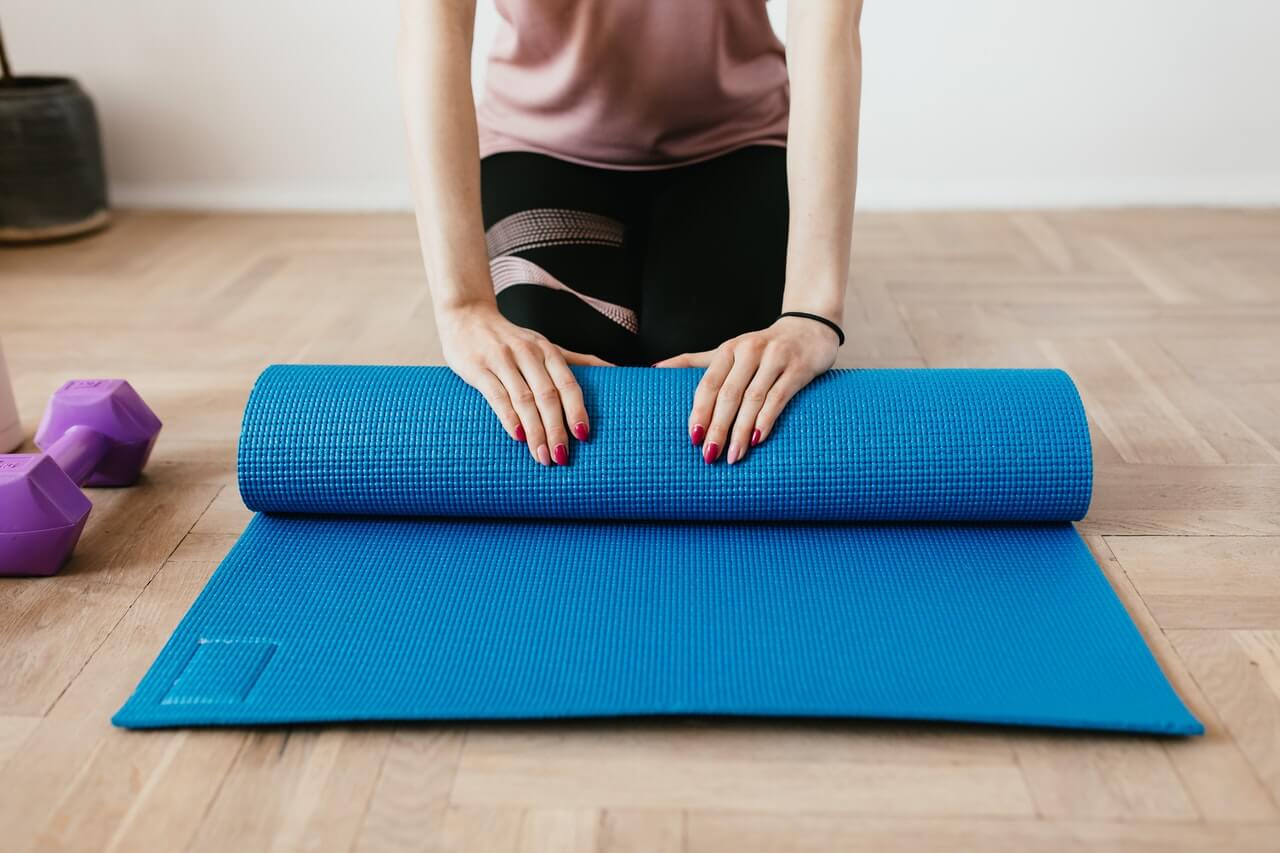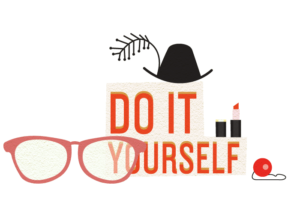Working out with an injured leg may seem like an impossible task. So many exercises require using legs and feet for support and balance. It’s not easy to maintain your workout routine when you’re feeling discomfort and pain. It can even be tempting to take a break for a while. For these reasons, many people think that injury can limit a range of movements so much that working out as before is impossible. However, this can’t be further from the truth. While you certainly should avoid some types of exercises, working out is still possible! Maintaining and slightly adjusting your routine will help keep you fit and healthy and recover faster. Here are some valuable tips on how to work out with a leg injury.
Avoid Overstressing Your Injured Leg Or Foot
Of course, the first thing you should do is to consult a doctor or a personal trainer. Every injury is different, as well as the pace of recovery. An expert will provide you with the best recommendations for your specific situation. A pulled ligament or a sprained muscle will require different adjustments in your workout routine and pose different limitations as well. Additionally, a lot will depend on the types of exercises you do regularly. Obviously, running a marathon will not be an option for a while.
However, on the bright side, there is plenty of activities that will suit you well and even be beneficial for you. Having an injury is no reason to put your active lifestyle on hold. On the contrary, you can still enjoy a variety of exercises and maybe even explore some new options. Whether you enjoy exercising at home or going to the gym, consult an expert and find the new routine that works best for you!
How To Prevent Injury When Exercising
Working out regularly is important for both our physical and mental health. It helps you stay healthy as well as in good shape. On the other hand, injury prevention is equally important. Many people think they should give their best and start strong. They tend to ignore minor discomforts to reach their workout goals. This is never a good idea.
Instead, listen to your body and follow what it tells you. Overworking yourself can lead to injury and set you back instead of propelling you forward. Don’t ignore any pain you feel; give your body time to rest and recover. The same rule applies when you work out with a leg injury. Set reasonable workout goals and build your stamina step by step. Not only will your body be grateful, but you’ll be healthier and achieve your goals sooner!
Here, we’ve prepared some of the best exercises that will spare your injured leg or foot and yet provide you with a boost of energy!

Single-Leg Exercises
Most common leg injuries happen around the knee. Our knees are sensitive and unintentional twists can easily cause an injury. In that case, the best way to go is to implement some single-leg exercises into your routine. Reverse lunges, step-up and sit-to-stand movements (but with one leg) are all an excellent choice. Other possibilities (depending on the type of injury) can include both legs, but avoid putting too much pressure on the leg that hurts. For example, kneeling pushups with the injured leg placed on the ankle of the other leg or tabletop kickbacks and flutter kicks are also a good idea.
Upper Body Movements
If your workout goal is to tone your body, you can still focus on upper body exercises. Biceps and triceps exercises are hardly out of the limit, as well as weight lifting. If floor pushups are way too difficult with your sore leg, do them against the wall. The benefits will still be the same with this little adjustment.

Swimming
As we all know, swimming is one of the best exercises for the whole body. Water lowers the pressure on your joints and makes working out less demanding and yet equally efficient. Of course, depending on the type of injury you have, ensure you get clearance from your doctor before you had to the local pool. Water aerobics might be exactly what you need, but a doctor could recommend using a buoy or neoprene shorts. They are some of the tools that can decrease any resistance and pressure you might feel.
Walking And Hiking
Although it seems counter-intuitive when we talk about work out with a leg injury, walking and hiking might be the best choice for you. Hiking with walking poles will relieve the pressure, and what’s best, you get to spend more time outdoors and enjoy the breath of fresh air and scenery. Moreover, if your leg injury allows you to support your weight on knees and feet, walking is an excellent aerobic exercise, and it will improve your cardiovascular system and your sense of balance.
Foam Rollers
Another great way to keep your mobility while avoiding overstressing your leg or foot is to use foam rollers or balls. This is an excellent way to speed up the recovery and rehabilitation process. Avoid the direct place of the injury and, instead, use the rollers or balls around it. Not only will they reduce inflammation, but they’ll also relieve tension. Although foam rollers will not help you use any weight, they’ll surely help you recover faster and be your old self sooner!

Yoga And Pilates
Pilates and yoga are key to the successful recovery process. Slow and coordinated movements will strengthen your core and improve your balance and flexibility. Even if you’re not up to some more demanding poses, there is still plenty of poses you can do. Many of them don’t require standing, and there is even chair yoga!
Don’t Be Too Hard On Yourself
Last but not least, don’t put too much pressure on yourself. And by that, we don’t mean pressure on your injured leg, but on your mind. Being injured and in pain is a challenging experience for everyone, but it especially takes its toll on active, energetic people. Take it easy, don’t be too hard on yourself, and give your body time to adjust and recover. As you may see, work out with a leg injury is not impossible, but don’t forget to take care of your general well-being as well.








